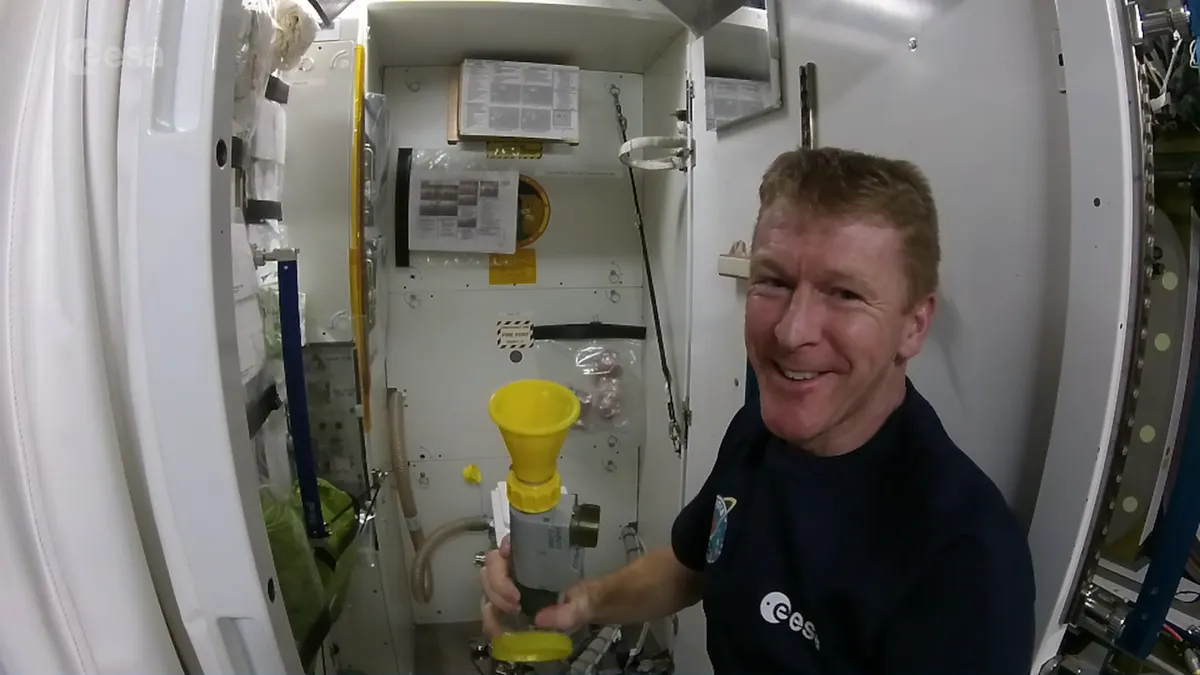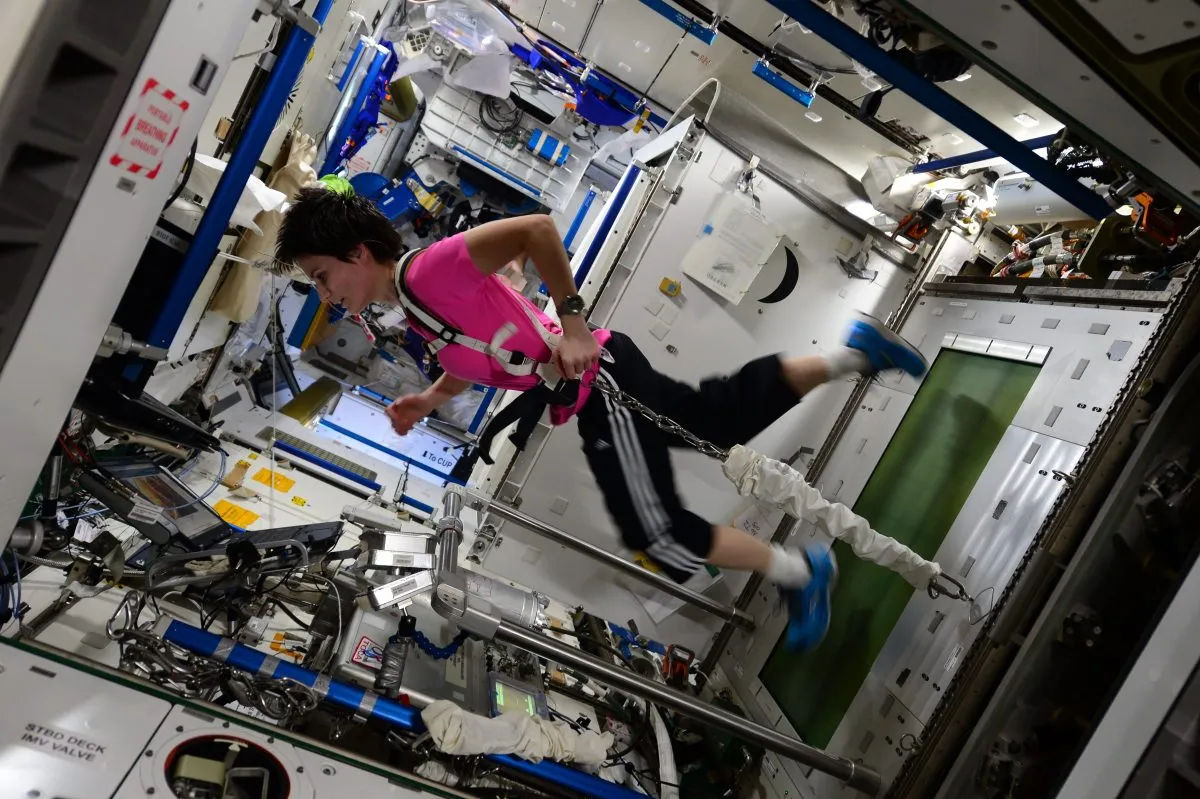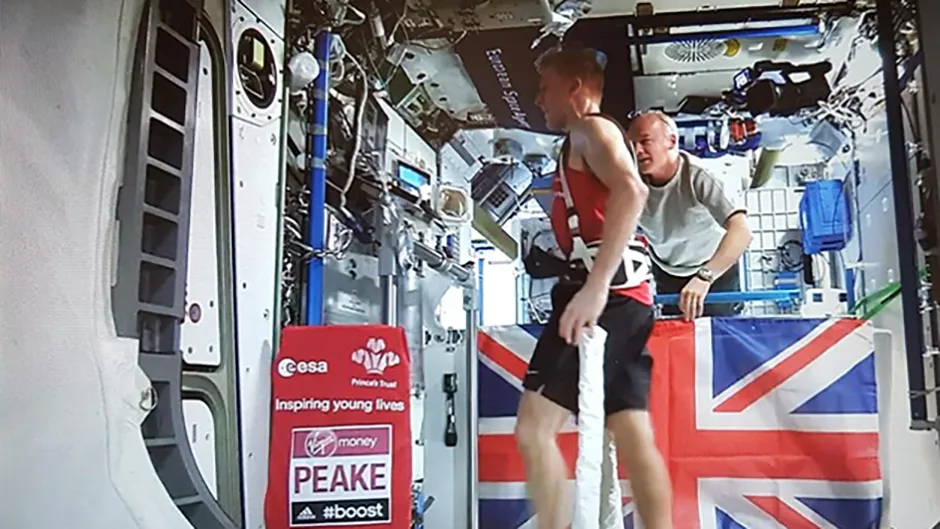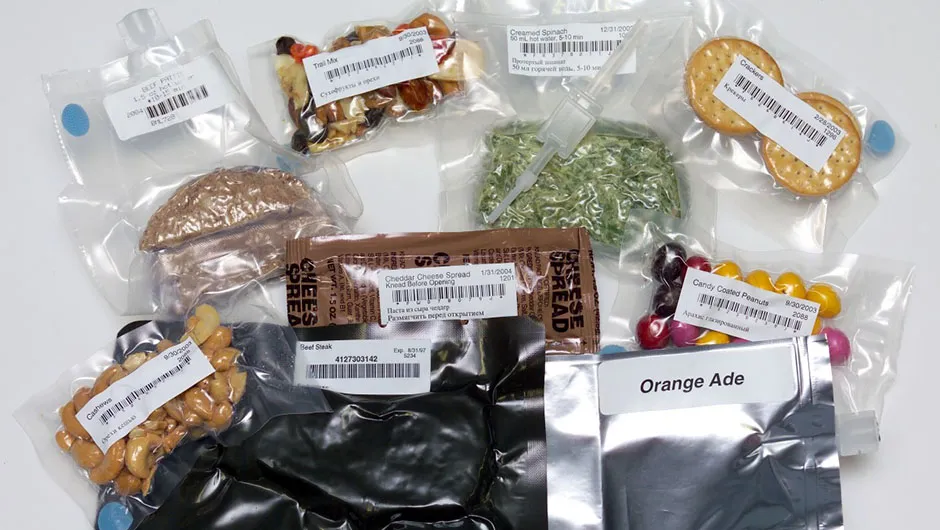Most of us take certain things like having a shower, washing our clothes and keeping clean for granted, but have you ever wondered how astronauts do these things in space?
Space travel presents all kinds of challenges, from launching a rocket with enough thrust to escape the pull of Earth’s gravity, to shielding crew from the high radiation levels they’ll encounter on the journey.
More on life in space

And there's the challenge of building a spacecraft durable enough to survive re-entry into Earth’s atmosphere on the return leg of the trip.
Somewhat more prosaically, there’s also the question of personal hygiene.

On Earth, we wash both ourselves and our clothing using water, and we rely on gravity to play its part in taking that water away when we’re done.
Whether we’re drip-drying a pair of jeans or simply standing under the shower head and letting all that precious, cleansing H20 run down over our bodies and down the plughole.
But on the International Space Station, astronauts operate in a weightless environment.
So how do astronauts use water to do things like washing clothes, brushing teeth or keeping clean in general?
Let's talk water in space

On a spacecraft, water is a challenge.
Firstly, it’s heavy – and with rocket payloads needing to be kept to an absolute minimum, that means you can’t take much of it with you.
And secondly, there’s far less gravity than there is on Earth, so what water you DO use won’t simply run off down the drain.
Instead, every drop of water must be managed carefully, firstly with a view to maintaining an adequate supply.
And because having water droplets bouncing around isn’t a good idea when you’re surrounded by high-tech, sensitive and extremely expensive electronic equipment!
All of which, obviously, presents quite a challenge when it comes to making sure you’re nice to know: a challenge that’s been addressed in a number of ways over the years.
Showering and bathing in space
Early astronauts – those that flew on the Mercury, Gemini and Apollo missions – made do with simple sponge baths, and didn’t change their clothing at all.
That’s far from ideal, though. When those missions eventually returned to Earth, the reminiscences of those sent to retrieve them have often mentioned the unbearable stench when their command modules were opened!
The situation seemed to improve when Skylab arrived on the scene. Launched in 1973, this US space station had a shower of sorts onboard.

Astronauts strapped their feet to the floor, pulled a collapsible tube around them and then performed their ablutions under the stream of water coming from a pressurised container.
The problem with that system, though, was the amount of excess water involved.
Every single drop had to be painstakingly mopped up before the tube could be reopened.
And the average Skylab shower took around two hours, despite using just three litres or so of water.
So for the Space Shuttle missions, it was back to the sponge-bath method.
For astronauts on the ISS today, things have improved somewhat, thanks to the development of products such as wet wipes and rinseless shampoos.
But with no showers onboard, we’re still essentially talking about a sponge bath – just a slightly more efficient, higher-tech version.
Brushing teeth in space

Toothbrushing in space can be carried out pretty much the same way it would be on Earth.
Though with no sink in sight, you’ll need to either swallow all that frothy, minty lather at the end, or spit it into a towel.
First, astronauts squeeze a small amount of water from a drink bag onto the toothbrush.
Water forms a floating blob in space, so they can mop up the liquid blob with their toothbrush, sucking off the excess water to leave damp bristles.
They often edible toothpaste so they don't have to spit it out into a piece of cloth and be left with extra laundry to do!
Astronauts brush their teeth the normal way in space, but must be careful not to let droplets of toothpaste or water float away.
They then swallow the toothpaste, cleaning the toothbrush with more water and swallowing that water.
You can find out exactly how an astronaut brushes their teeth in space in the video below, where Chris Hadfield shows his technique.
Do astronauts get dirty in space?
It’s worth bearing in mind, if all this sounds a bit horrible, that astronauts simply don’t get as dirty over the course of the average day as you or I are likely to.
They’re not out in the world getting rained on or surrounded by noxious traffic fumes.
Instead they’re spending all day, every day in a very clinical, near-sterile environment.
And in an environment that’s strictly temperature-controlled, at that – so astronauts generally don’t sweat a great deal, either.

However, astronauts do need to exercise regularly, to prevent muscle and bone loss that would otherwise result from living in microgravity conditions, which means they do still sweat.
And of course, their bodies are always going to produce sebum, the skin’s natural oil. So they still need to wash – and they still need to change their clothes occasionally.
Which brings us neatly to our next hygiene-related question. How do astronauts do their laundry in space?

Washing clothes in space
Astronauts are issued with specially designed dirt-resistant, fast-wicking apparel that can quite happily and hygienically be worn for several days at a stretch, in the case of intimate items like socks and underwear, or for weeks at a time in the case of outer garments such as trousers or shirts.
Even so, there comes of time when a change of clothing is required.
Removed items are placed in airtight bags, with more costly pieces like spacesuits returning with the astronauts to Earth, to be cleaned and reused later on.
Bags of discarded t-shirts and smalls are generally put into cargo containers and dispatched Earthwards, burning up on re-entry.
Washing the dishes in space
Finally… what about the washing up? Again, it’s mostly a case of eliminating the need, here.
Astronauts’ food and drink generally comes in disposable containers, while any soiled utensils and cutlery are simply cleaned with a wet wipe.
No water required!

So that’s how astronauts keep themselves clean in space.
With a mixture of novel high-tech solutions in some cases, and a certain grin-and-bear it, needs-must attitude in others.
Hey, astronauting’s a dirty job, but someone’s got to do it…

